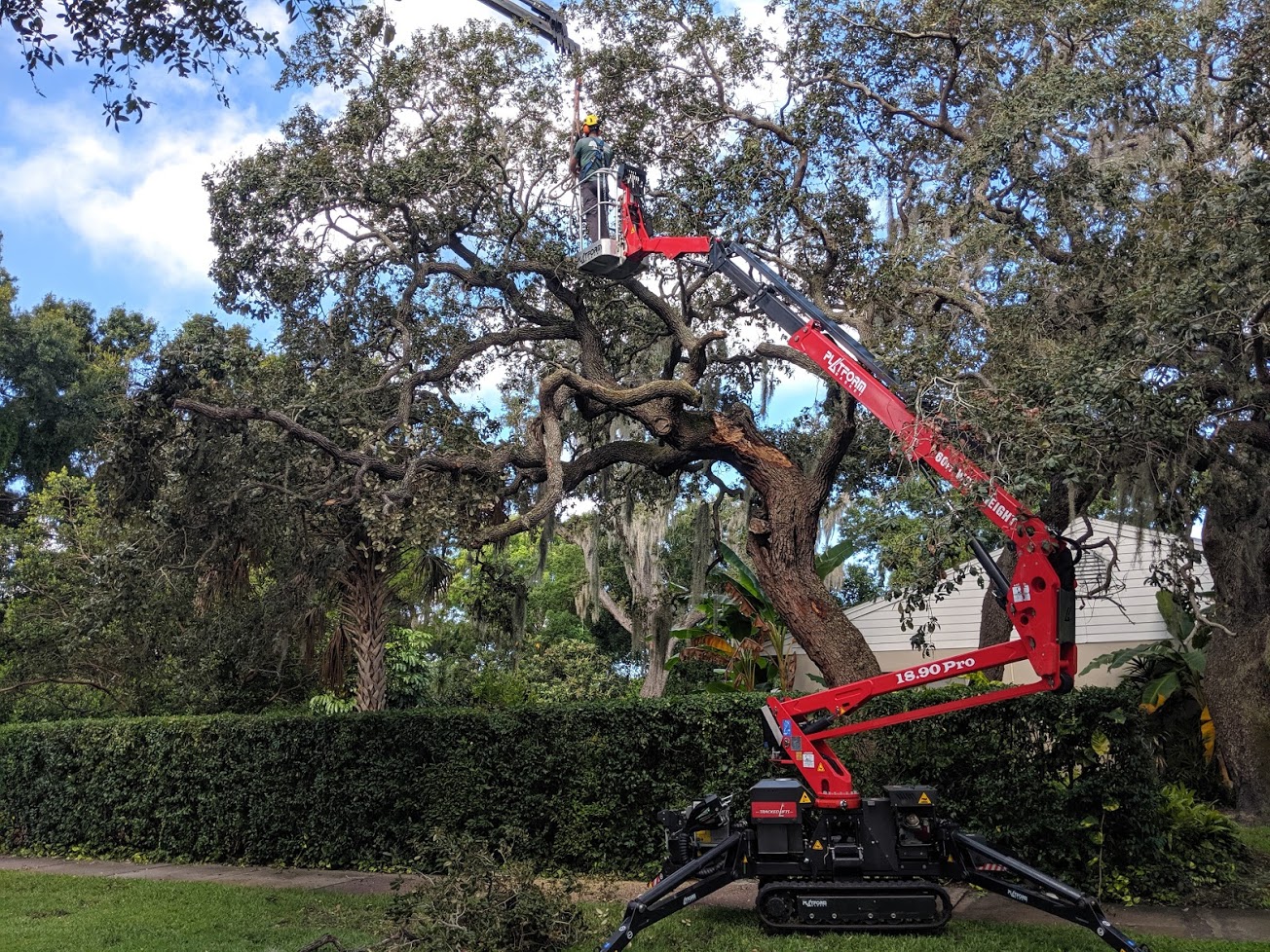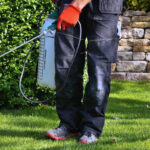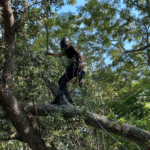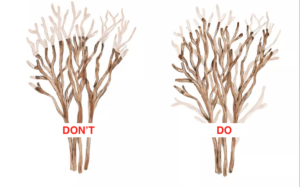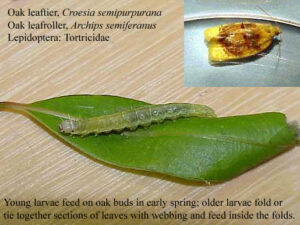Does Trimming Them Live Longer?
As a homeowner, you may wonder if trimming your trees can contribute to their longevity. After all, trees are valuable assets that provide a range of benefits from shade and beauty to environmental value. But does regular pruning really help in extending the lifespan of your trees? Let’s explore the truth behind this common belief.
Tree pruning is a key part of tree care that involves the removal of branches or foliage to maintain the health, structure, and appearance of trees. When done properly by an ISA Certified Arborist, tree trimming can benefit tree health in several ways:
- Removing Dead or Diseased Branches: Dead or diseased branches can pose a risk to the overall health and safety of a tree. They can become entry points for pests and diseases, and their decay can spread to other parts of the tree. Regular trimming to remove dead or diseased branches can prevent further damage and help trees recover.
- Improving Tree Structure: Proper trimming can help improve the structure and form of trees. This includes removing branches that can lead to structural issues, such as poor branch attachments, included bark, or co-dominant stems. By improving tree structure, trimming can reduce the risk of branch breakage or tree failure during storms or heavy winds.
- Enhancing Sunlight: Trees need sunlight to carry out photosynthesis; the process by which they produce food and energy. Trimming can help increase sunlight to the inner canopy of a tree, promoting better foliage growth, and improving overall tree health.
- Stimulating New Growth: Pruning can also stimulate the growth of new branches and foliage in trees. This is especially beneficial for trees that have been previously damaged, as it encourages the development of new and healthy growth.
- Managing Size and Density: Trimming can help manage the size and density of trees, preventing them from becoming overly grown. An overgrown or dense tree can lead to issues such as shading, crowding, or competition for resources. Properly pruned trees are better able to allocate resources to healthy growth and can be more resilient to environmental stressors.
While tree trimming can promote tree health, it’s important to note that it may not directly impact the lifespan of trees. Trees have a natural lifespan determined by their species, genetics, and environmental conditions. In fact, trees in the wild that grow to be hundreds of years old may have a naturally long lifespan because there are no artificial environmental circumstances. Trimming alone may not extend their lifespan beyond their natural limits.
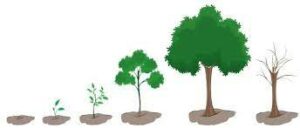
However, regular and proper tree pruning can help prevent or mitigate issues that can shorten a tree’s lifespan. Improving tree structure can reduce the risk of branch breakage or tree failure, which can also impact a tree’s lifespan. Additionally, stimulating new growth through trimming can help rejuvenate older trees and extend their functional lifespan.
It’s important to note that over-pruning or excessive trimming can have negative impacts on tree health and longevity. Improper pruning practices can weaken trees making them more susceptible to pests, diseases, and reduce their ability to produce food and energy. It is important you have an experienced Tree Care Professional who is familiar with the ISA Pruning Standards, perform any pruning or trimming to avoid damaging the health of your trees.

